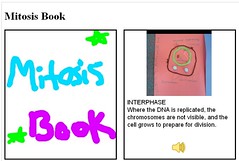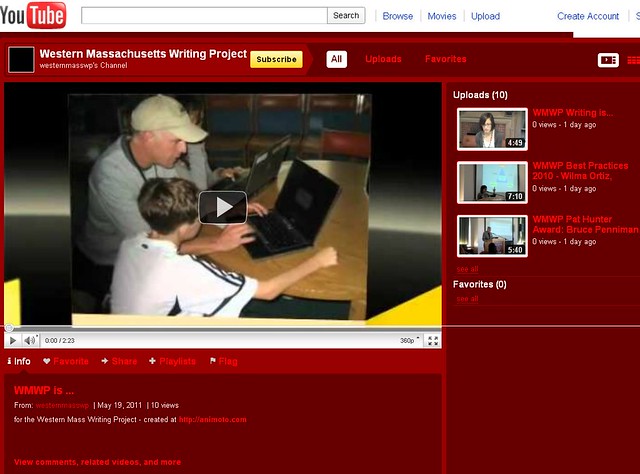Bud Hunt shared this on Twitter and I am trying to think about the possibilities here. In a nutshell: a band out of Washington DC is putting out new music as an album, but the album is not vinyl, disc or even an iTunes music download. It’s a location-aware App that works only in the vicinity of the Mall on DC. As you wander the Mall, the music changes based on where the piece was composed.
From the news article:
Washington, D.C.-based band Bluebrain’s new album drops Friday, but not in the way one might think. It will be available on iTunes, but not in MP3 form — rather as a location-aware app that only works within the stretch of park in downtown D.C. called the Mall … The disc will not be available for standard download as a musical piece, since it will only work when one is standing in the Mall … The music constantly changes as you wander around the park, Holladay tells us. Ascending the hill toward the Washington Monument, you’ll hear only a cello, then, gradually, violins, a choir, clapping, fireworks and drumbeats will come into the mix as you get closer to the obelisk. — from Mashable
It’s pretty fascinating how indie artists are always pushing boundaries and I love that music is one of those things that can become the cornerstone of re-imagining art. This particular idea not completely revolutionary — museums have been handing out mobile devices for some time, right? You wander with the device and learn about the art.
But here, the listener makes the path, and the music is shaped by the path you take. What you hear is what the composer and musician saw when they were in the act of creating the music. I love that connection. I know nothing about the band, and given that I live nowhere near the Mall, I may never listen to this album.
But it fascinated me just the same.
Peace (in the location),
Kevin
The National Mall by BLUEBRAIN. The First Location-Aware Album from BLUEBRAIN on Vimeo.


